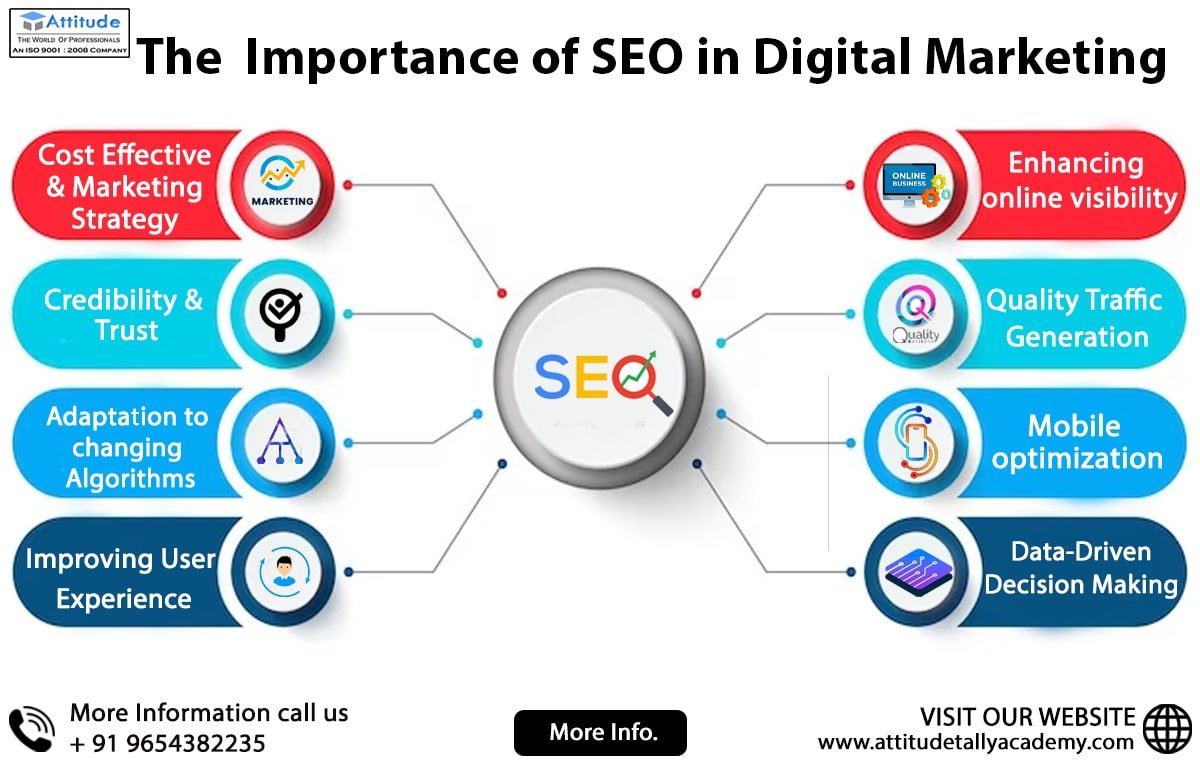Comprehensive Overview to What Is Not Considered a Default Medium in Google Analytics
Comprehensive Overview to What Is Not Considered a Default Medium in Google Analytics
Blog Article
Thinking Outside package: Leveraging Unique Mediums to Optimize Google Analytics Efficiency
In the world of digital marketing, the quest for enhanced Google Analytics performance has come to be a critical crucial for companies seeking to fine-tune their on-line visibility. Standard methods frequently drop short in capturing the complete range of consumer communications and actions. Nonetheless, by checking out unique mediums as avenues of data collection, a new realm of possibilities arises. These undiscovered areas supply a riches of untapped understandings that might possibly change the way we understand and maximize our digital strategies.
Special Information Sources

Social media platforms offer useful data on individual demographics, passions, and engagement metrics, enabling companies to determine the efficiency of their social media campaigns and enhance web content for better efficiency. By leveraging these unique data resources, businesses can fine-tune their methods, improve targeting efforts, and boost general Google Analytics efficiency.
Social Media Site Insights

In addition, social media analytics devices enable businesses to track vital efficiency signs, monitor project efficiency, and determine the effect of their online tasks. Comprehending the demographics of fans, determining popular material themes, and assessing interaction levels can assist businesses customize their advertising and marketing methods for better outcomes.
Offline Marketing Integration
Incorporating offline advertising strategies with digital analytics can enhance total campaign performance and give a more comprehensive understanding of consumer behavior. what is not considered a default medium in google analytics. By linking the gap between online and offline initiatives, services can track the influence of conventional marketing channels such as print advertisements, television commercials, direct mail, and occasions on their on the internet visibility

Moreover, applying phone call radar for offline advertising and marketing tasks allows businesses to catch useful data on customer questions generated with printed products or ads (what is not considered a default medium in google analytics). By assessing phone call information together with on the internet metrics in Google Analytics, services can acquire much deeper understandings into the client journey and maximize advertising strategies for better efficiency across all networks
IoT and Wearable Innovation
Utilizing IoT and wearable technology in digital analytics can change information collection and customer understandings for organizations seeking a much deeper understanding of individual actions patterns. These innovative technologies supply a seamless means to gather real-time data from numerous touchpoints. IoT devices can track customer interactions with services or items, providing useful information on usage patterns and preferences. Wearable technology, such as smartwatches or health and fitness trackers, can provide understandings into customer tasks, health and wellness metrics, and also place information.
Gamification Techniques
The implementation of gamification strategies in electronic analytics offers an ingenious strategy to boosting customer involvement and driving workable understandings for businesses. By integrating game-like elements such as points, badges, leaderboards, and rewards into the analytics user interface, companies can inspire customers to communicate much more frequently and meaningfully with the data.
Gamification sites motivates customers to discover various attributes of the analytics system, revealing useful insights that might have or else gone undetected. Via interactive difficulties and progress monitoring, individuals are incentivized to delve much deeper into the information, bring about raised time invested in the platform and a greater possibility of finding essential trends or patterns.
Furthermore, gamification can cultivate a feeling of competition among users, stimulating them to pursue higher efficiency and involvement degrees. This competitive spirit can drive increased individual adoption prices and a much more extensive usage of the analytics devices available. Ultimately, by leveraging gamification techniques in digital analytics, businesses can create an extra productive and engaging setting for individuals, resulting in even more educated decision-making Related Site and enhanced general performance.
Verdict
In verdict, leveraging unconventional tools such as unique information resources, social networks insights, offline advertising integration, IoT and wearable innovation, and gamification approaches can enhance Google Analytics performance. By believing outside the box and discovering these different sources of information, businesses can get valuable understandings and improve their general advertising and marketing strategies. It is essential for companies to continually explore new methods to collect information and evaluate it in order to stay in advance in the ever-evolving electronic landscape.
By including information from resources such as consumer relationship management (CRM) systems, social media platforms, and email marketing campaigns, services can get an extra extensive understanding of their target market habits and involvement patterns. Social media systems use beneficial information on user demographics, interests, and engagement metrics, enabling organizations to determine the effectiveness of their social media projects and maximize web content for much better performance. By leveraging these special information sources, services can improve their approaches, boost targeting initiatives, and improve total Google Analytics performance.
Discovering social media understandings can give organizations with useful information on customer demographics, rate of interests, and interaction metrics, enabling for educated decision-making and tactical optimization of marketing initiatives. By assuming outside the box and discovering these alternate sources of data, businesses can obtain useful insights and improve their overall marketing approaches.
Report this page